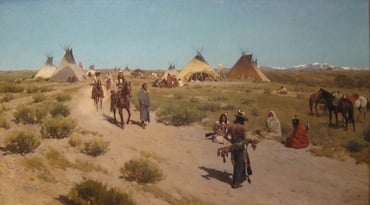2
那时,王对先知拿单说:看哪,我住在香柏木的宫中,神的约柜反在幔子里。
5
你去告诉我仆人大卫,说耶和华如此说:你岂可建造殿宇给我居住呢?
6
自从我领以色列人出埃及直到今日,我未曾住过殿宇,常在会幕和帐幕中行走。
7
凡我同以色列人所走的地方,我何曾向以色列一支派的士师,就是我吩咐牧养我民以色列的说:你们为何不给我建造香柏木的殿宇呢?
8
现在,你要告诉我仆人大卫,说万军之耶和华如此说:我从羊圈中将你召来,叫你不再跟从羊群,立你作我民以色列的君。
9
你无论往哪里去,我常与你同在,剪除你的一切仇敌。我必使你得大名,好像世上大大有名的人一样。
10
我必为我民以色列选定一个地方,栽培他们,使他们住自己的地方,不再迁移;凶恶之子也不像从前扰害他们,
11
并不像我命士师治理我民以色列的时候一样。我必使你安靖,不被一切仇敌扰乱,并且我─耶和华应许你,必为你建立家室。
12
你寿数满足、与你列祖同睡的时候,我必使你的後裔接续你的位;我也必坚定他的国。
14
我要作他的父,他要作我的子;他若犯了罪,我必用人的杖责打他,用人的鞭责罚他。
15
但我的慈爱仍不离开他,像离开在你面前所废弃的扫罗一样。
16
你的家和你的国必在我(原文是你)面前永远坚立。你的国位也必坚定,直到永远。
18
於是大卫王进去,坐在耶和华面前,说:主耶和华啊,我是谁?我的家算甚麽?你竟使我到这地步呢?
19
主耶和华啊,这在你眼中还看为小,又应许你仆人的家至於久远。主耶和华啊,这岂是人所常遇的事麽?
20
主耶和华啊,我还有何言可以对你说呢?因为你知道你的仆人。
21
你行这大事使仆人知道,是因你所应许的话,也是照你的心意。
22
主耶和华啊,你本为大,照我们耳中听见,没有可比你的;除你以外再无神。
23
世上有何民能比你的民以色列呢?你从埃及救赎他们作自己的子民,又在你赎出来的民面前行大而可畏的事,驱逐列邦人和他们的神,显出你的大名。
24
你曾坚立你的民以色列作你的子民,直到永远;你─耶和华也作了他们的神。
25
耶和华神啊,你所应许仆人和仆人家的话,求你坚定,直到永远;照你所说的而行。
26
愿人永远尊你的名为大,说:万军之耶和华是治理以色列的神。这样,你仆人大卫的家必在你面前坚立。
27
万军之耶和华─以色列的神啊,因你启示你的仆人说:我必为你建立家室,所以仆人大胆向你如此祈祷。







